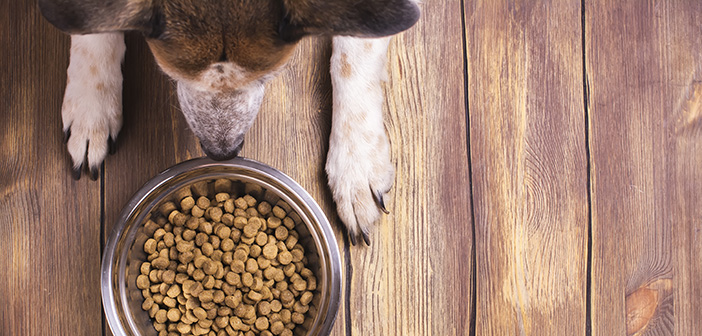A new study from the University of Edinburgh said an area double the size of the UK is used to produce dry pet food for cats and dogs each year.
Analysis of the carbon footprint of pet food production also revealed that the industry emits more greenhouse gases each year than countries such as Mozambique and the Philippines.
The University-led project is the first to assess the global environmental impact of pet food production.
Researchers said rising demand for pet food – driven by an increase in pet ownership around the world – should be factored into initiatives aimed at improving sustainability of the global food system.
The team analysed data on the main ingredients in more than 280 types of dry pet food available in the United States and Europe, which account for two-thirds of global sales.
Scientists said around 49 million hectares of agricultural land – roughly twice the size of the UK – are used annually to make dry food for cats and dogs, which accounts for 95% of pet food sales.
In response to the study, the Pet Food Manufacturers’ Association said the pet food industry is “very mindful of the role it plays” in the responsible use of resources in pet food production, including minimising, wherever possible, its environmental impact.
The PFMA said: “The pet food industry is proud of the steps it has already taken in reducing waste in the food chain and minimising its overall impact on the environment.
“As the squeeze on resources and food availability continues, we are committed to looking at further solutions to minimise the environmental impact and sustainable use of resources in the manufacturing of pet food, insect protein is one of these.”


